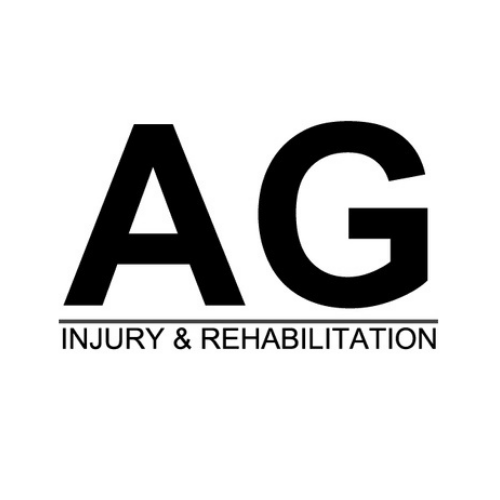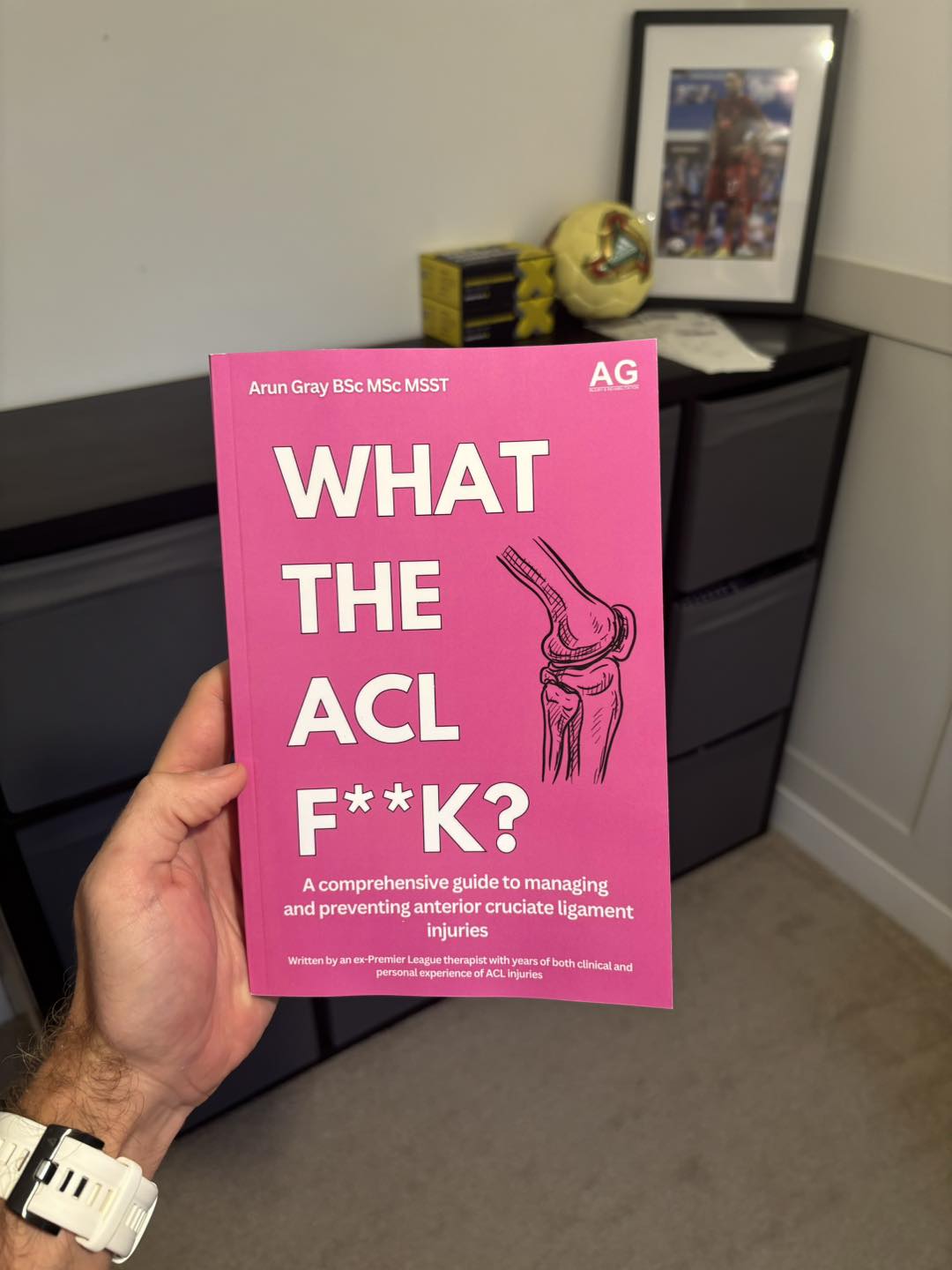
Introduction to ACL Injuries
An anterior cruciate ligament (ACL) injury can feel like your world has come to a sudden halt. Whether you’ve just been diagnosed with a ruptured ACL or are preparing for surgery, understanding how this injury occurs and what it means for your recovery is essential. As someone who tore my ACL playing football in 2017, I know firsthand how overwhelming it can be. Over the years, I’ve helped many patients navigate their ACL injuries through my private sports injury clinics, so let’s break down the key facts to help you feel more informed and empowered.
What Is the ACL?
The ACL, or anterior cruciate ligament, is one of four major ligaments in your knee. It plays a crucial role in stabilizing the knee joint, preventing excessive forward movement of the tibia (shinbone) relative to the femur (thighbone), and controlling rotational movements. The ACL is especially important for activities that involve cutting, pivoting, or sudden stops—movements commonly seen in sports like football, basketball, and skiing.
Anatomy of the ACL
- Location: The ACL connects the femur to the tibia inside the knee joint.
- Structure: This ligament is made of strong fibrous tissue, but like any structure, it has its limits.
- Function: It ensures the knee remains stable during dynamic movements.
When the ACL is compromised, the stability of the knee can be significantly affected, leading to a cascade of challenges for athletes and non-athletes alike.
How Do ACL Injuries Happen?
ACL injuries most commonly occur during activities that place high stress on the knee joint. Here are some of the primary causes:
1. Non-Contact Mechanisms
Approximately 70% of ACL injuries are non-contact. These occur when the knee is subjected to sudden forces that exceed the ACL’s ability to stabilize. Examples include:
- Pivoting or cutting movements during sports.
- Landing awkwardly from a jump.
- Sudden deceleration or a rapid change in direction.
2. Contact Mechanisms
Contact injuries, while less common, occur when there is direct force applied to the knee, such as a tackle in football. These injuries often involve other structures in the knee, such as the meniscus or medial collateral ligament (MCL).
3. Overuse and Fatigue
While acute injuries dominate the ACL landscape, repetitive strain over time can weaken the ligament, increasing the risk of rupture during high-stress movements.
Personal Anecdote: My ACL Injury
In 2017, I tore my ACL during a football match. A sudden pivot combined with poor landing mechanics was all it took. The pop I heard was unmistakable, followed by immediate pain and swelling. This is a story I’ve heard repeatedly from patients, reinforcing how easily it can happen, even when you’re not expecting it.
Signs and Symptoms of an ACL Injury
Recognising the signs of an ACL injury can help ensure you seek timely medical attention:
- A Distinctive Pop - Many people report hearing or feeling a pop at the moment of injury. This is often an early indicator of a ruptured ACL.
- Immediate Swelling - Swelling typically sets in within a few hours due to bleeding inside the joint.
- Knee Instability - The knee may feel unstable or give way, especially during weight-bearing activities.
- Pain - While some individuals experience severe pain, others may feel only mild discomfort, making it critical to seek a professional evaluation.
- Limited Range of Motion - Stiffness or difficulty bending and straightening the knee is common after an ACL rupture.
Risk Factors for ACL Injuries

Some individuals are more prone to ACL injuries due to various factors:
- Gender - Research shows that females are 2-8 times more likely to suffer an ACL injury than males, primarily due to anatomical and hormonal differences.
- Sport Type - High-risk sports like football, basketball, and skiing significantly increase the likelihood of ACL tears.
- Biomechanics - Poor movement mechanics, such as improper landing or cutting techniques, can predispose individuals to ACL injuries.
- Previous Injuries - A prior knee injury, including partial ACL tears, increases the risk of a complete rupture.
The Road to Recovery
The journey after an ACL injury can feel daunting, but understanding your options is the first step toward recovery. Treatment typically falls into two categories: surgical and non-surgical.
Non-Surgical Management
For some individuals, particularly those with low physical demands, rehabilitation-focused treatment may suffice. This involves physiotherapy. Strengthening the muscles around the knee to compensate for the lost ligament stability. Bracing also provides additional support during activities.
ACL Reconstruction Surgery
For active individuals, especially athletes, ACL reconstruction is often recommended. The procedure involves replacing the torn ligament with a graft, commonly sourced from:
- The patient’s hamstring or patellar tendon.
- A donor (allograft).
Recovery from surgery requires commitment to a structured ACL rehabilitation program that typically spans 6-12 months.
How to Prevent ACL Injuries
While not all ACL injuries can be avoided, certain strategies can reduce the risk:
- Strength Training - Building strength in the quadriceps, hamstrings, and glutes helps support the knee joint.
- Neuromuscular Training - Improving balance, coordination, and movement mechanics can enhance knee stability.
- Proper Footwear - Using sport-specific shoes can improve traction and reduce undue stress on the knee.
- Warm-Up Routines - Dynamic warm-ups prepare the muscles and joints for the demands of activity, lowering injury risk.
Final Thoughts
Suffering an ACL injury is undoubtedly a significant setback, but it doesn’t have to define your future. Understanding the mechanisms behind these injuries and focusing on a comprehensive recovery plan are critical steps toward reclaiming your active lifestyle. With the right knowledge, support, and dedication, you can overcome this challenge and come back stronger.


